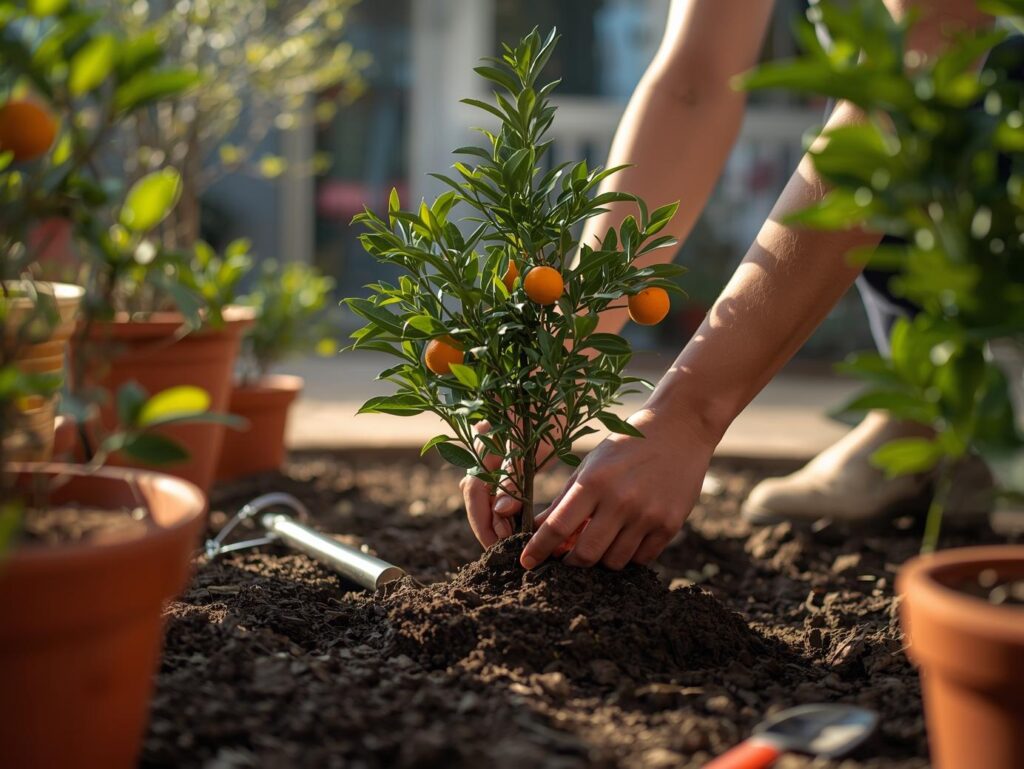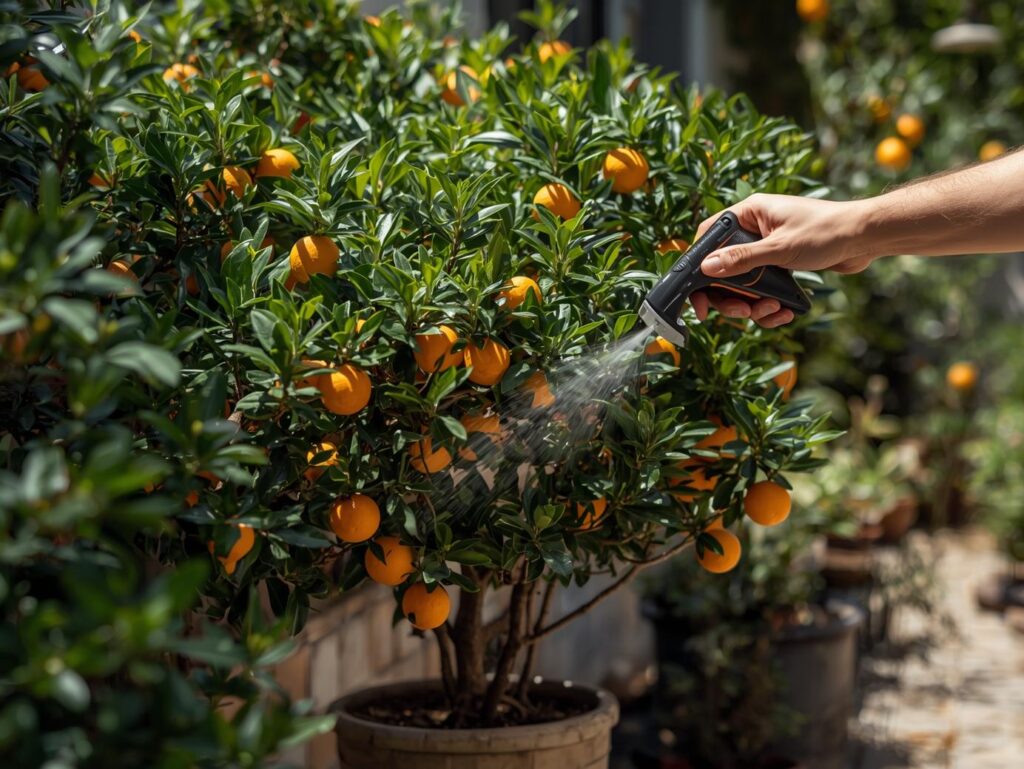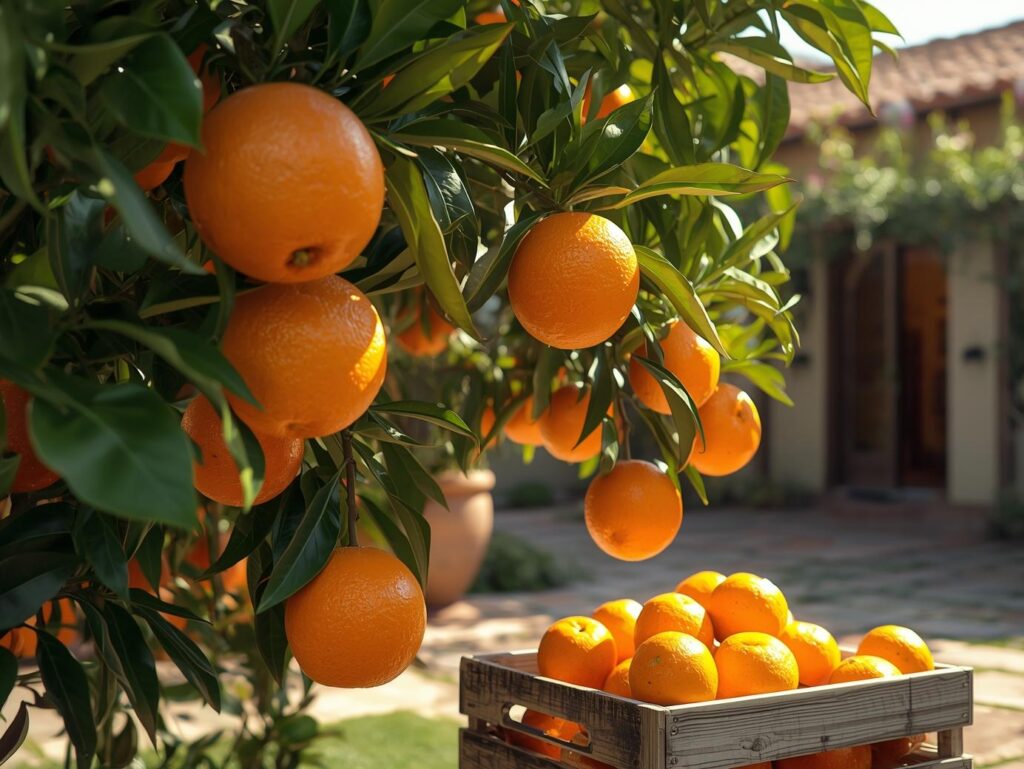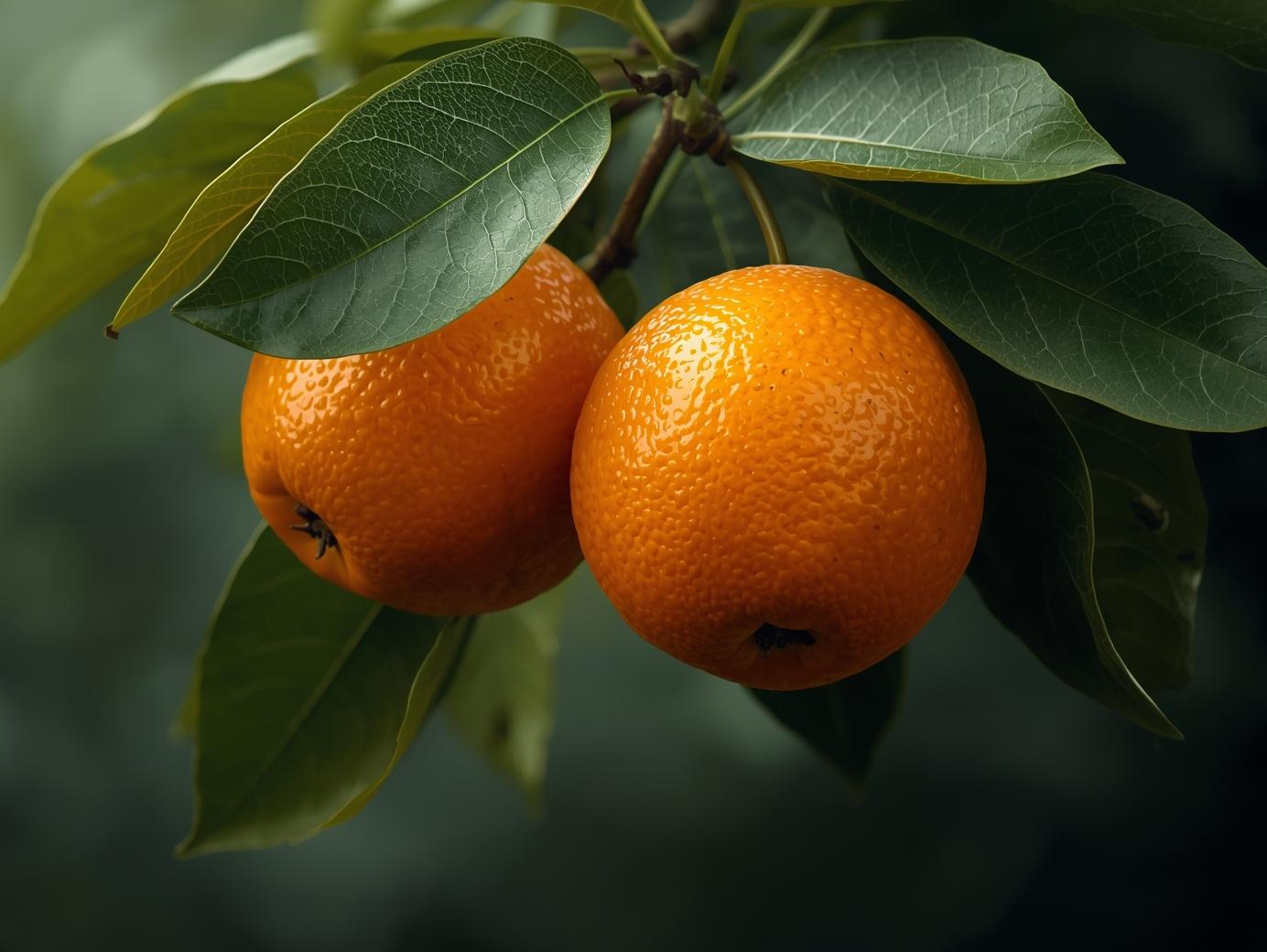Growing orange plants in your home courtyard can be a rewarding experience, offering fresh, fragrant fruit and adding a touch of natural beauty to your outdoor space. Whether you live in a warm southern state or in a climate where careful attention is needed, understanding the key steps in nurturing orange trees is essential. This guide covers everything from soil selection to harvesting, ensuring your orange plants thrive in your courtyard garden.
Soil Selection
Choosing the right soil is fundamental for the health and productivity of orange plants. Orange trees prefer well-draining soil with a sandy loam texture that allows excess water to flow away while retaining adequate moisture for roots. The soil pH should ideally be slightly acidic to neutral, ranging between 6.0 and 7.0, as this encourages optimal nutrient absorption. Before planting, it is advisable to conduct a soil test to determine the nutrient levels and pH balance, so any necessary amendments can be applied.
In addition to texture and pH, the soil’s organic matter content significantly influences tree growth. Incorporating compost or aged manure enriches the soil with nutrients and improves its structure, promoting healthier root development. For courtyard gardens, raised beds or well-prepared containers with the right soil mix can also help manage drainage and fertility effectively.
Site Preparation
Proper site preparation sets the stage for a successful orange planting. Select a location that receives full sunlight for at least six to eight hours daily, as orange trees require ample light to produce flavorful fruit. The site should also offer some protection from harsh winds, which can damage delicate branches and flowers. Before planting, clear the area of weeds and debris to reduce competition for nutrients and water.
Preparing the planting site also involves loosening the soil to improve aeration and drainage. Digging a hole twice the width of the root ball ensures enough space for roots to spread comfortably. Adding organic matter or a balanced fertilizer into the planting hole can provide a nutrient boost at the start, helping young trees establish quickly.
Planting
When planting your orange tree, timing is important. The best time is during the early spring or late winter when the weather is mild, reducing transplant shock and encouraging strong root growth. Carefully remove the tree from its container, gently loosening the roots if they are circling the root ball. Place the tree in the prepared hole, ensuring the top of the root ball sits level with or slightly above the surrounding soil.

After positioning the tree, backfill the hole with soil, firming it gently to eliminate air pockets. Water the plant thoroughly to settle the soil around the roots and provide initial moisture. Mulching around the base with organic material helps conserve water, regulate soil temperature, and suppress weeds, creating a favorable environment for growth.
Watering
Consistent and adequate watering is crucial for orange trees, especially during the establishment phase. Newly planted trees require deep watering several times a week to encourage deep root growth. As the tree matures, watering frequency can be reduced, but it remains important to maintain moist but not waterlogged soil. Overwatering can lead to root rot and other problems, so monitoring soil moisture levels is key.
In the hot summer months common in many parts of the USA, orange trees may need more frequent watering to compensate for evaporation and transpiration. Drip irrigation systems or soaker hoses can deliver water directly to the roots efficiently, reducing waste and preventing fungal diseases caused by wet foliage.
Fertilizing
Feeding orange trees with the right nutrients supports healthy growth and abundant fruit production. A balanced citrus fertilizer high in nitrogen, phosphorus, and potassium should be applied according to the tree’s age and size. Young trees generally require less fertilizer, while mature trees benefit from regular feeding during the growing season, especially in spring and early summer.
It is also beneficial to supplement fertilizer applications with micronutrients such as magnesium, iron, and zinc, which are essential for citrus health. Avoid over-fertilizing, as excessive nutrients can lead to vigorous foliage growth at the expense of fruit development. Following manufacturer recommendations and observing your tree’s response will help maintain the right balance.
Pruning and Training
Pruning orange trees promotes strong structure, better air circulation, and light penetration, which in turn improves fruit quality. Light pruning is usually performed in late winter or early spring before new growth begins. Remove dead, damaged, or crossing branches to prevent disease and encourage healthy growth. Training young trees by selectively cutting branches can help develop a sturdy framework that supports fruit production.
Proper training also involves maintaining a manageable tree size, especially in courtyard gardens where space is limited. Regular pruning prevents overcrowding and makes it easier to care for the tree, including harvesting. It is important to use clean, sharp tools to avoid damaging the tree and introducing infections.
Pest and Disease Control
Orange trees can be susceptible to various pests and diseases, which may impact fruit quality and tree health if left unchecked. Common pests include aphids, scale insects, and spider mites, which can be managed through regular inspection and natural controls such as insecticidal soaps or horticultural oils. Introducing beneficial insects like ladybugs can also help keep pest populations under control.

Fungal diseases such as citrus canker and root rot require careful attention to environmental conditions. Good cultural practices, including proper watering, pruning, and sanitation, reduce disease risks. If chemical controls are necessary, using products approved for citrus trees and following label instructions will help protect both the tree and the environment.
Fruiting and Harvest
Orange trees typically begin to bear fruit within two to three years of planting. The fruit matures gradually, changing from green to a bright orange color when ready to harvest. Depending on the variety and climate, harvesting season may vary but generally occurs in late fall through winter. It is important to pick fruit at peak ripeness for the best flavor and juiciness.

Harvesting should be done carefully to avoid damaging the fruit or tree. Using pruning shears or gently twisting the fruit off the branch helps preserve the tree’s productivity. Regular harvesting also encourages the tree to continue producing fruit in subsequent seasons, rewarding your courtyard garden with fresh oranges year after year.
